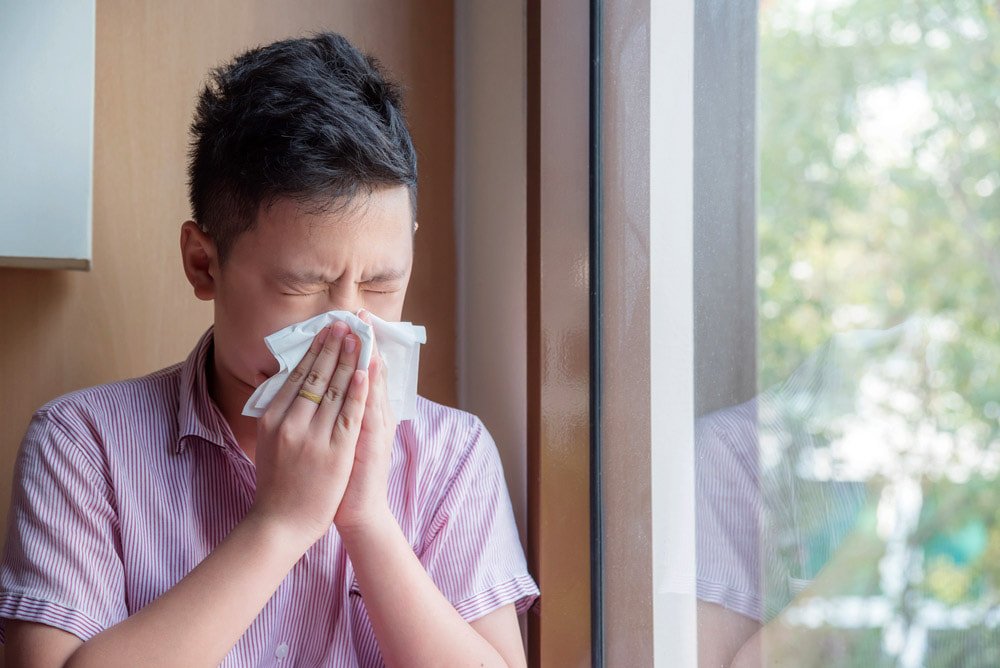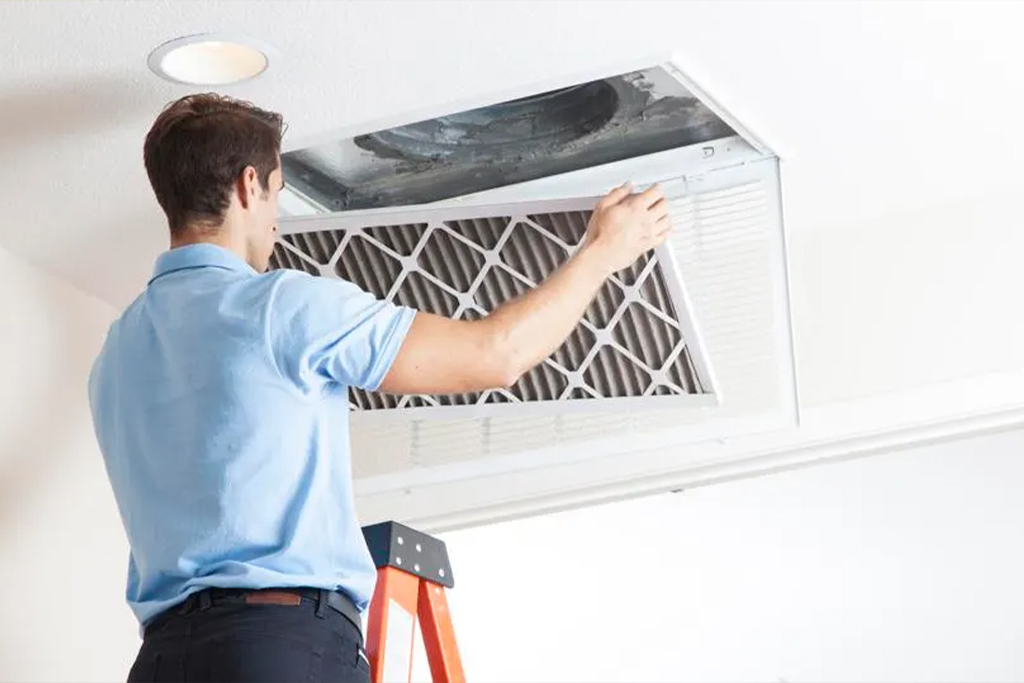In today’s world, ensuring clean and healthy air inside our homes and businesses has become a top priority. With increasing concerns about air pollution and allergens, many homeowners and business owners are turning their attention to advances in HVAC air purification technologies. These advancements are not only improving the quality of indoor air but are also paving the way for a healthier and more comfortable living environment.
The significance of clean air cannot be overstated. It impacts our health, productivity, and overall well-being. With the latest advances in HVAC air purification, it is now possible to enjoy cleaner, fresher air indoors.

Understanding HVAC Air Purification
HVAC systems are integral to maintaining indoor comfort. They control temperature, humidity, and air quality in residential and commercial spaces. The purification aspect of HVAC systems specifically targets pollutants, allergens, and other harmful particles that compromise indoor air quality.
The Importance of Air Quality
Indoor air quality is crucial for a healthy living environment. Poor air quality can lead to various health issues, including allergies, asthma, and other respiratory problems. By integrating advanced purification technologies, HVAC systems can significantly reduce these risks.
Technological Innovations in HVAC Air Purification
The field of HVAC air purification has seen remarkable technological innovations in recent years. These innovations are designed to improve the efficiency and effectiveness of air purification systems.
High-Efficiency Particulate Air (HEPA) Filters
HEPA filters are among the most effective air filters available today. They can capture up to 99.97% of particles as small as 0.3 microns, making them highly effective in removing dust, pollen, and other allergens from the air.
UV-C Light Technology
Ultraviolet (UV-C) light technology is another significant advancement in HVAC air purification. UV-C lights are used to kill or inactivate microorganisms such as bacteria, viruses, and mold spores, thereby enhancing the overall air quality.
Activated Carbon Filters
Activated carbon filters are known for their ability to remove odors and volatile organic compounds (VOCs) from the air. These filters work by adsorbing pollutants onto the surface of the activated carbon.
The Role of Smart Technology in Air Purification
Smart technology is revolutionizing how HVAC systems operate. By incorporating smart sensors and IoT connectivity, modern HVAC systems can monitor air quality in real-time and adjust purification settings automatically.
Smart Sensors for Real-Time Monitoring
Smart sensors can detect changes in air quality and communicate with the HVAC system to optimize purification processes. This ensures that indoor air remains clean and healthy at all times.
IoT Connectivity
IoT-enabled HVAC systems allow users to control and monitor their air purification systems remotely. This level of control ensures that homeowners and business owners can maintain optimal air quality at all times.
Environmental and Health Benefits
Investing in advanced HVAC air purification systems offers numerous benefits, both environmental and health-related.
Reducing Carbon Footprint
Modern HVAC systems are designed to be energy-efficient, reducing overall energy consumption and lowering the carbon footprint. This is beneficial for both the environment and the pocketbook.
Healthier Living and Working Spaces
Cleaner air leads to healthier living and working environments. Improved air quality reduces the risk of respiratory illnesses and enhances overall well-being.
Challenges and Considerations
Despite the numerous benefits, there are challenges to consider when implementing advanced HVAC air purification solutions.
Cost Considerations
Advanced purification systems can be costly, both in terms of initial investment and ongoing maintenance. It is important for homeowners and business owners to weigh the benefits against the costs.
Maintenance Requirements
Regular maintenance is crucial to ensure the effectiveness of air purification systems. This includes periodic cleaning and replacement of filters and other components.
Future Trends in HVAC Air Purification
Looking ahead, the field of HVAC air purification is poised for further advancements. Future trends may include even more efficient filters, improved smart technology integrations, and increased focus on sustainability.
Integration with Renewable Energy
As the world moves towards renewable energy sources, future HVAC systems may integrate solar or wind power, further reducing their environmental impact.
Enhanced AI Capabilities
Artificial intelligence may play a larger role in future HVAC systems, optimizing air purification processes and improving overall system performance.
Conclusion
The advances in HVAC air purification are transforming how we think about indoor air quality. With cutting-edge technologies and smart integrations, these systems are creating healthier and more comfortable living environments for all. For more insights on why air ducts matter, you can visit clean air ducts.

FAQs
What are the benefits of HVAC air purification?
HVAC air purification improves indoor air quality, reduces allergens, and enhances overall health and comfort.
How often should HVAC filters be replaced?
It is recommended to replace HVAC filters every 3-6 months, depending on usage and air quality.
Can HVAC systems help with allergies?
Yes, advanced HVAC systems with HEPA filters and activated carbon filters can significantly reduce allergens in the air. To learn more about how duct sanitizing helps with allergies, visit duct sanitizing.
This article contains affiliate links. We may earn a commission at no extra cost to you.